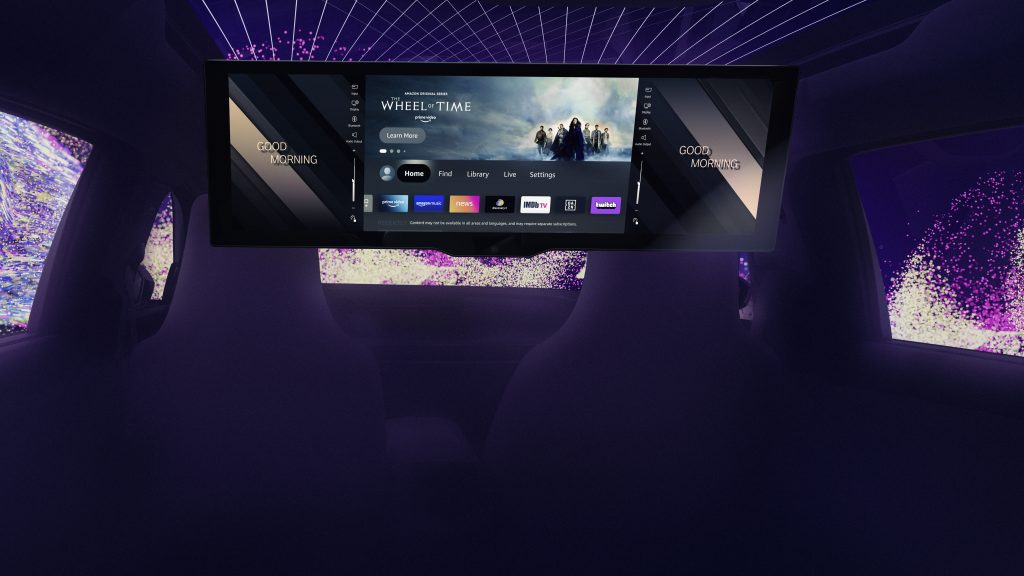Peter O’Driscoll explores how the integrated technology experience is revolutionising travel today
Despite the acceleration of tech developments, it can often seem like consumer expectations outpace many industries. In fact, research from Ericsson highlights that six in ten people expect that by 2030, just thinking “show map” when wearing Augmented Reality (AR) glasses will bring up a map.
Whether reasonable or not, consumers want intuitive, tech-enabled experiences here and now. It’s all well talking about what’s possible in 2030 or even 2050, but how much of that is readily available for us to use currently, what technologies are turning vision into reality? In 2022, one space that’s seeing great strides in integrated IoT is the automotive industry.
The car of tomorrow is here today
During CES 2022 prototypes were debuted as teasers of technology to come—we saw BMW showcase a 31-inch display ‘Theatre Screen’ for its vehicles, and Cadillac boast with its autonomous, luxury Innerspace concept car. Although these might seem like pipe dreams, even in 2022 the car is turning into a ‘smartphone on wheels’. Vehicles now do a lot more than just help you get around, with integrated technology making transport greener and smarter, and turning cars into tech-enhanced machines; you can access services from central consoles, leverage advanced infotainment systems, and benefit from new levels of convenience.
These changes are happening now and changing the way we view driving. For instance, with strides being made across location and parking services in-car, drivers can now alternate between their parking app, navigation services, music, and messaging, more seamlessly than ever before. Motorists no longer have to juggle multiple touchpoints. Instead, they can find all the necessary tools on their central in-car console. Combining this innovation with ways to make cars cleaner, economical and more efficient is what will revolutionise the auto space.
How tech can help urban living
In-car technology isn’t just about convenience; it also helps create cleaner and more liveable towns and cities. Tackling pollution in urban areas is vital, and more efficient vehicles will help do this. The problem is inescapable—some 40 million people in the 115 largest cities in the European Union (EU) are exposed to air exceeding WHO air quality guideline values for at least one pollutant. Children living near roads with heavy-duty vehicle traffic have twice the risk of respiratory problems as do those living near less congested streets.
To combat mounting environmental challenges, new technological innovations are the answer. They can highlight congested routes and locate parking spaces, help lower air pollution levels, and reduce the unnecessary burning of fossil fuels, whilst making travel quicker and more efficient. In conjunction with these advances, the electrification of transport networks will also help reimagine fuel usage, ousting our reliance on fossil fuels, with their increasing volatile costs, and creating clean air for residents in towns and cities. Technology in cars is more than just an embellishment—it’s a transport game-changer.
The opinions expressed here are those of the author and do not necessarily reflect the positions of Automotive World Ltd.
Peter O’Driscoll is Managing Director at RingGo
The Automotive World Comment column is open to automotive industry decision makers and influencers. If you would like to contribute a Comment article, please contact [email protected]

